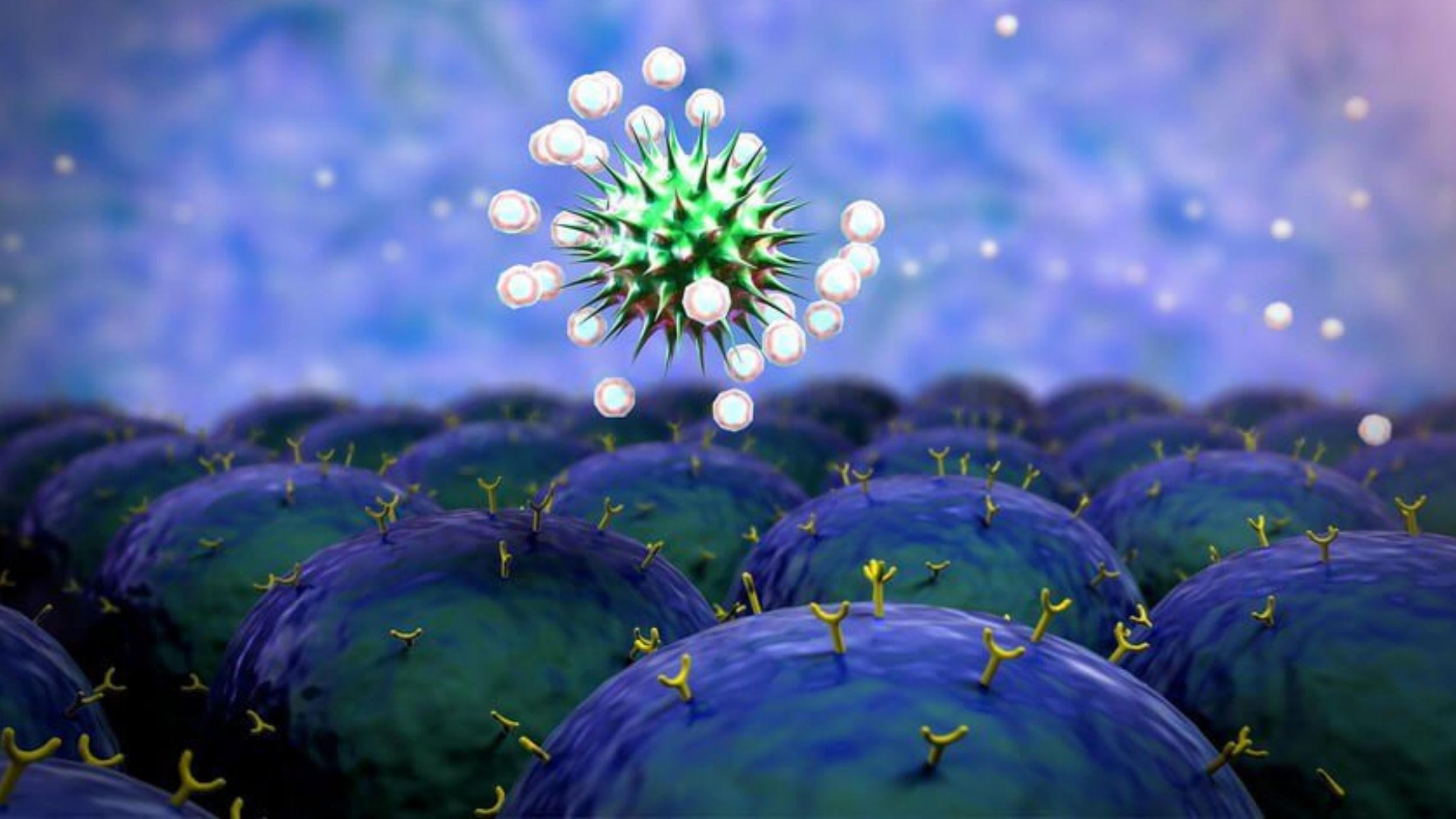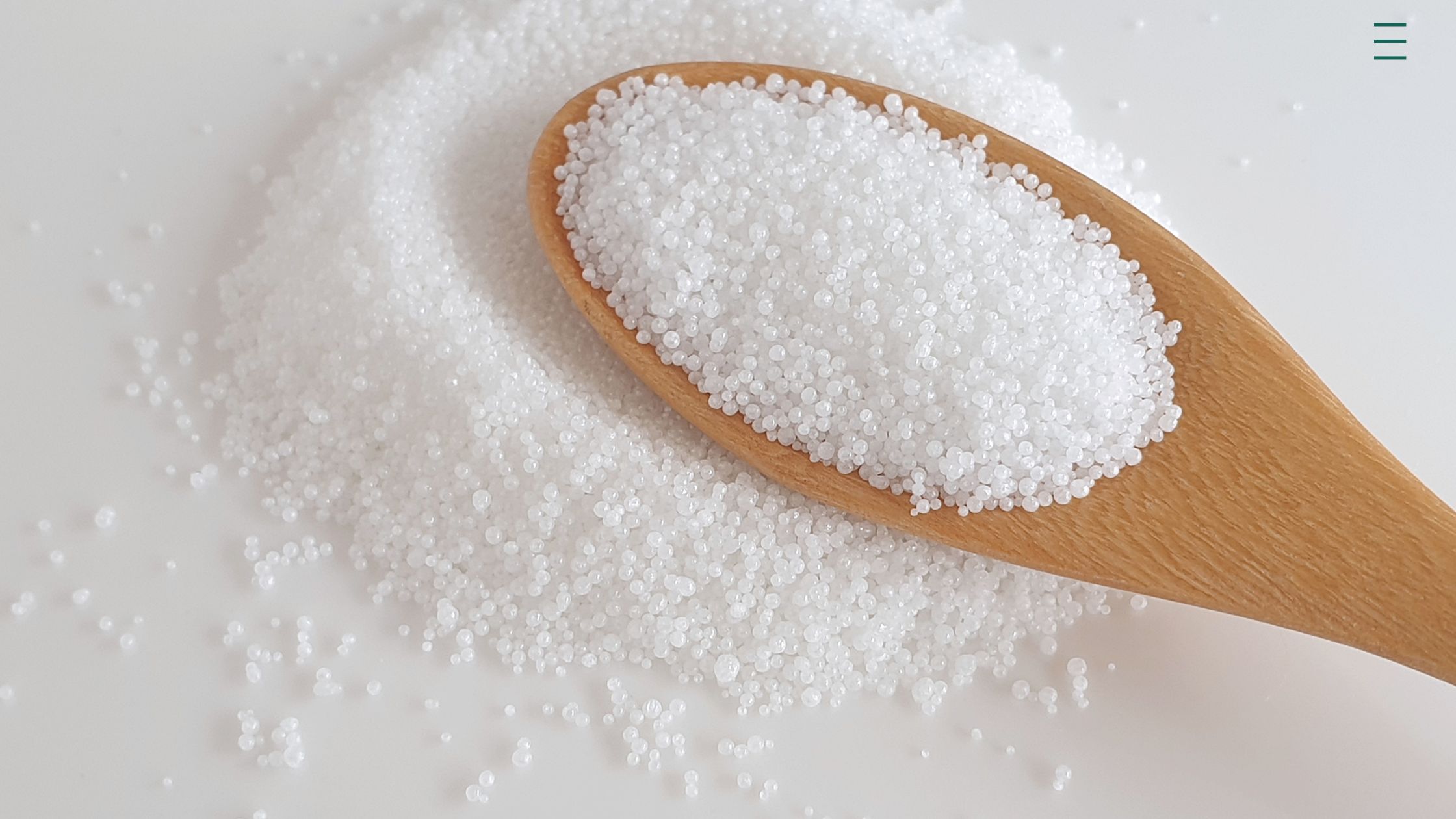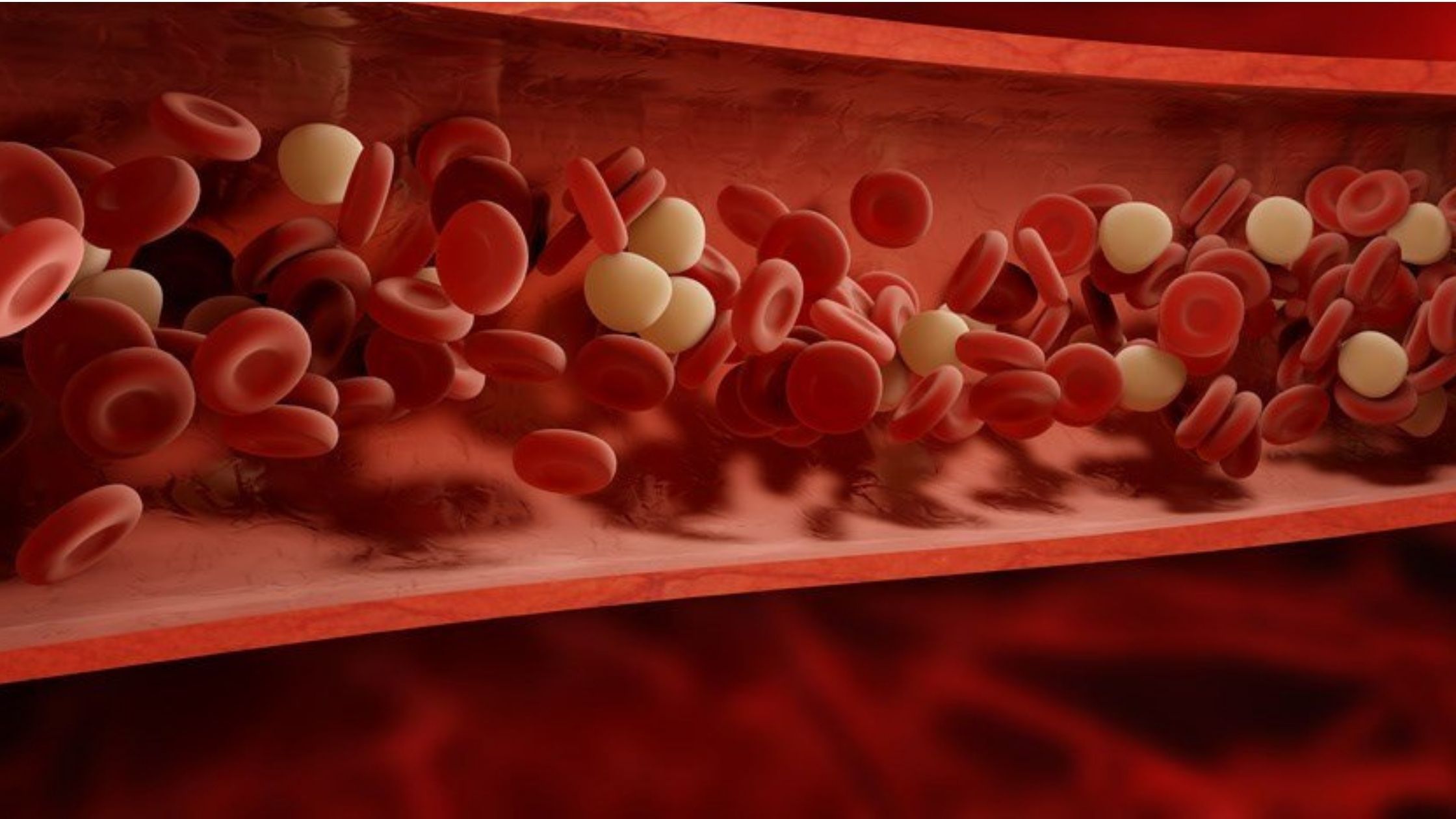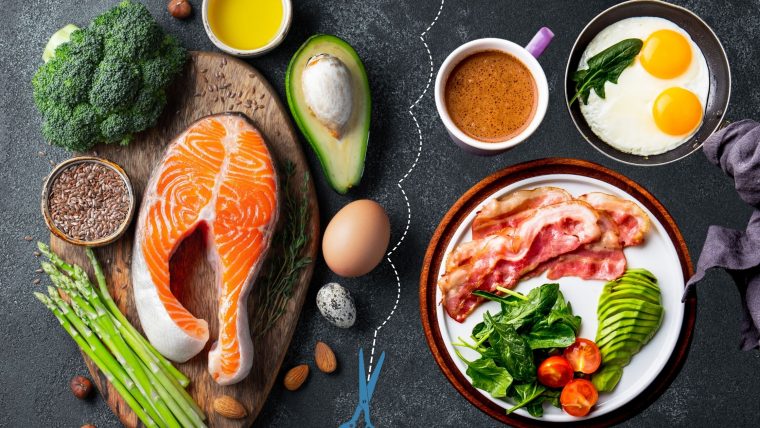Coconut oil contains nine essential fatty acids and here you can read about the positive properties the fatty acid has on your health.
What you'll read:
Lauric acid (C12H24O2)
Lauric acid (C12) is the most common fatty acid in virgin coconut oil – its average percentage is 45-56%. It is a saturated, carboxylic fatty acid derived from the n-dodecane alkane, which is why it is often referred to as dodecanoic acid. Lauric acid refers to medium-chain fatty acids, so-called MCTs (medium-chain triglycerides) or MCFAs (medium-chain fatty acids).
Numerous scientific studies confirm the antimicrobial, antifungal, and antibacterial effects of lauric acid. Its positive effect on ticks has also been scientifically proven. Apparently, the imperceptible smell of this fatty acid has a restrictive effect on arachnids and other blood-sucking insects.
Myristic acid (C14H28O2)
Myristic acid, also called tetradecanoic acid, is found in coconut oil at a level of 16 to 21%. This is one of the medium-chain saturated fatty acids (C14). Like lauric acid, it is a saturated and carboxylic acid and is composed of n-tetradecane alkane. Myristic acid is present in most animal and vegetable fats and is now known to play a significant role in the creation of cell biofilms in the human body and in cellular immune function in the body.
However, the body cannot produce this fatty acid, so it is included in a number of essential fatty acids. When applying coconut oil to the skin, myristic acid provides a pleasant cooling effect. Therefore, it is great in case of a small tan and can also help you restore damaged skin faster.

Caprylic acid (C8H16O2)
The percentage of saturated caprylic acid in crude coconut oil (also known as octanoic acid) is between 8% and 13%, which is why it ranks third among fatty acids. Caprylic acid is used in many insect nebulizers, as when insects enter the chitinous membrane, it dissolves it completely. Therefore, the acid has an antiparasitic effect. It is also used against bacterial infections.
By taking caprylic acid, you can increase your intake of amino acids, calcium, and magnesium, which can have a beneficial effect on muscle growth. It counteracts the breakdown of muscle tissue that can occur during severe muscle stress and accelerates the healing of damaged muscles. During the digestive process, caprylic acid in the liver causes the formation of ketones.
It is an important and stable source of energy for the brain, especially in diseases such as Alzheimer’s, Parkinson’s, MS, and diabetes. The human body is capable of producing caprylic acid on its own but in small quantities.
Palmitic acid (C16H32O2)
Palmitic acid (cetyl acid or even hexadecanoic acid) is a saturated acid, the percentage of which in coconut oil is about 6-9%. These palmitates are often used in the cosmetic industry. Unbound fatty acids, which also include palmitic acid, are an extremely important barrier component for human skin and our acid mantle.
This fatty acid is often used in cosmetics to take care of more mature skin. Palmitic acid provides oxidative protection from external influences such as environmental pollutants.
Additionally, hexadecanoic acid acts as an important energy source for heart health and regulates cellular communication and the functions of individual cells in our body. To a small extent, it participates in the creation of all bodily processes and serves as the main store of energy.
In addition, palmitic acid helps protect the skin in the form of vitamin D. Palmitic acid as a dietary supplement can increase the intake of protein, magnesium and calcium in the body, particularly in children, so you should not refrain from taking palmitic acid.

Capric acid (C10H20O2)
Capric acid (decanoic acid), also a medium-chain fatty acid, is found in coconut oil at a level of 5 to 7% and is currently used successfully in some anti-lice products. They say it obstructs the respiratory organs (windpipe) of parasites and thus kills them. Some natural anti-parasitic agents for small animals (against ticks, fleas, etc.) contain this fatty acid. Capric acid and its derivatives are also often used in the cosmetic industry, mainly as a cleansing additive and emulsifier in shampoos and shower gels.
In your body, capric acid is converted into monoglyceride, that is, monocaprin, which has an antibacterial and antiviral agent. Studies have already shown that monocaprin is an antiviral agent for HIV. Furthermore, capric acid promotes good HDL cholesterol in humans and animals and reduces LDL cholesterol.
Oleic acid (C18H34O2)
Oleic acid is the most important component of monounsaturated fatty acids and its percentage in coconut oil ranges from 4 to 7%. The omega-9 fatty acid is found in almost all fatty and vegetable fats and oils and is used in the industry mainly for the production of soaps and surfactants. In epidemiological studies in Mediterranean countries, it was found that in those countries that consume high oleic oil, cardiovascular disease is much less common.
This is partly due to the hypotensive and, therefore, protective effect on the heart. Clinical studies continue to show that monounsaturated fatty acids lower total cholesterol and particularly “bad” LDL cholesterol and balance the ratio of HDL cholesterol to LDL cholesterol. Even if you have inflammatory processes in the vessels, they can be slowed down with oleic acid. Monounsaturated fatty acids, such as oleic acid, make the skin lipid barrier more permeable and therefore more sensitive to fat-soluble drugs.
Stearic acid (C18H36O2)

Stearic acid (n-octadecanoic acid) is a saturated long-chain fatty acid (C18), which is mainly used in food production and is indispensable when making soaps. Coconut oil contains 2% to 3% stearic acid. It has a moisturizing effect and is therefore often found in cosmetics for dry, chapped and sensitive skin.
Oils containing a higher level of stearic acid improve the hydrolipidic coating of the skin and protect it from external influences. In general, stearic acid is considered to be well tolerated because it has little effect on cholesterol.

Linoleic acid (C18H32O2)
Linoleic acid is an unsaturated fatty acid belonging to the omega-6 fatty acid family and is one of the most effective anti-aging ingredients in cosmetics. The percentage of coconut oil is 1.5%. Being a component of human ceramides in the skin, it contributes to a healthy glow and strengthens the hair. Ceramides are essential for healthy hair and skin. Linoleic acid provides sufficient moisture and provides a protective coating.
Linoleic acid has a strong anti-inflammatory property and is therefore useful if you have skin problems such as acne, atopic dermatitis and psoriasis. Fatty acid can weaken severe skin discoloration (hyperpigmentation, for example, in the case of age spots, blackheads or strong sunlight). Linoleic acid also regulates melanin synthesis, provides good skin hydration, and offers excellent protection against external influences, such as wind, cold, thermal and environmental toxins.
Caproic acid (C6H12O2)
Caproic acid (hexanoic acid – C6) is a short-chain saturated fatty acid that has an anti-parasitic effect. Coconut oil, contains about 1% and is currently used in some anti-lice products as an active ingredient.
This fatty acid is also used in natural cosmetic deodorants because it fights the microorganisms responsible for unpleasant odors in the armpits. The fatty acid can neutralize odor-causing bacteria. The triglycerides of caproic and caprylic acid strengthen the skin’s lipid barrier and prevent moisture loss.
READ ALSO: CAN YOU CONSUME SALT ON KETO DIET
READ ALSO: CHIPOTLE KETO






